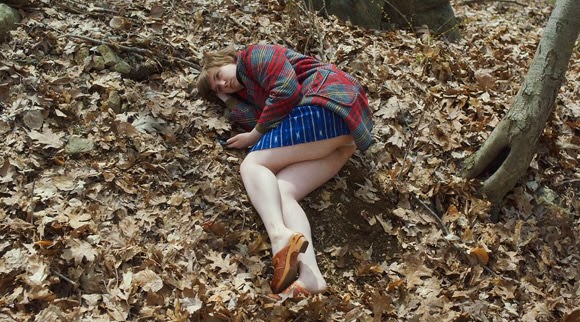EDITORIAL
There are some themes that we shouldn't stop talking about like repression in Putin's Russia, and others that I'm not quite sure if we should talk at all, like French presidents love affairs. This edition of the Procrastinator have them both, feel free to let us know what you think about it. The Mac is now 30 years old, but still an icon of innovation, you can read about it in our Design section. We share some photos of our latest outing around the Capital Ring in Our Weekly Procrastination, and La Guía del Perro's In Dog We Trust share with us an awesome DIY special edition.
Hope you enjoy this edition and make sure you find time for some meaningful procrastination as is the last Sunday of January ;)
Happy Sunday and happy reading!
NEWS
The latest news in the whole
Hollande-Trierweiler-Gayet issue is that Valérie Trierweiler lost her
First Lady status as President Holland confirms the separation. Is not
that as if I've been closely following the news, quite the opposite
perhaps, but since every update keeps appearing everywhere I am quite
intrigued about your opinion in this whole love/political affair. I
mean, do you care at all? I'll give you a topic: Should private lives of
big political leaders shadow the 'real' news. Please dicusss. And if
you want to read The Independent article, here it is. Warning: no meaningful procrastination guaranteed.
A little bit more interesting is in Anne Penketh and Kim Willsher in The Guardian. As rumours about François Hollande's alleged affair swirl, they argue
the women of France admit they don't live up to their chic image. "Shock
news from across the Channel: French women do get fat, they have
brattish, fussy-eater children, chipped nails, they sometimes sleep on
their own wearing big cotton knickers and they do mind if their husband
is enjoying cinq-à-sept trysts with his mistress". Read full article here. E.T.P 8'
 | ||
| Via The Atlantic. |
In the spring of 2002, US government's researchers began tracking a group of roughly 15,000 high school sophomores—most of whom would be roughly age 27 today—with the intention of following them through early adulthood. Like Jordan Weissmann, who writes this article for The Atlantic, many of those students graduated college in 2008, just in time to grab a front-row seat for the collapse of Lehman Brothers and the economic gore fest that ensued. Two years ago, the government’s researchers handed their subjects an enormous survey about their lives in the real world and the main insights are that this group of 27 year olds are as highly educated as they are highly indebted. See more interesting charts illustrating the life of young-adults in the wake of the Great Recession in The Atlantic. E.T.P. 8'
 |
| Photo: The Procrastinator (some) Times. |
Finally, our friend Luis sent us this article published in Nautilus called "Why we procrastinate?", is not recent, but it's quite interesting, in it Alisa Opar analyzes the research of the British philosopher Derek Parfit espoused in his seminal book, Reasons and Persons. "We humans, Parfit argued, are not a consistent identity moving through time, but a chain of successive selves, each tangentially linked to, and yet distinct from, the previous and subsequent ones. The boy who begins to smoke despite knowing that he may suffer from the habit decades later should not be judged harshly: “This boy does not identify with his future self,” Parfit wrote. It is a weird notion, but Emily Bronin, reach more or less the same conclusion back in 2008. We think of our future selves, says Pronin, like we think of others: in the third person. Read full article in Nautilus. E.T.P. 6'






















































